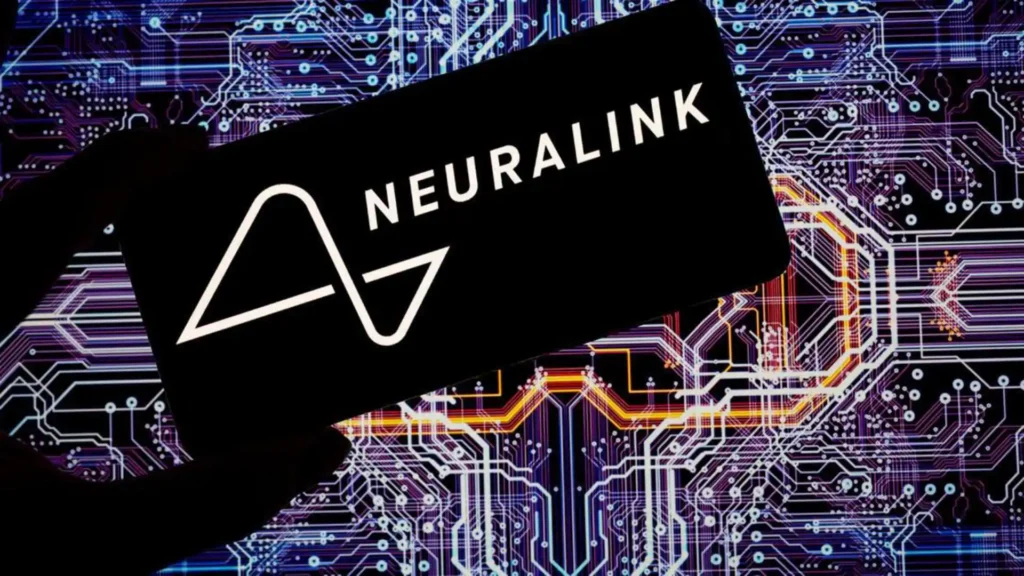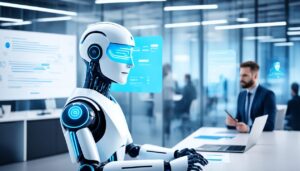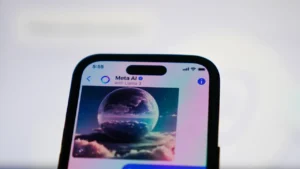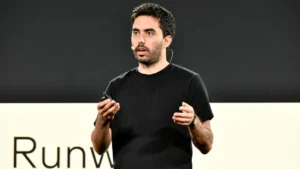Following a first brain-computer interface human implantation on January 28, 2024, Neuralink has now run its second human trial. It is a device that provides the ability to control and utilise digital devices through the brain, according to Elon Musk’s statement. This was introduced on the pretext of offering support to the patient with spinal cord injuries. Additionally, according to Neuralink, the first patient now can play video games, surf the internet, share and interact on social media, and move the cursor on the laptop.
Elon Musk’s Statement on Neuralink’s Second Implant
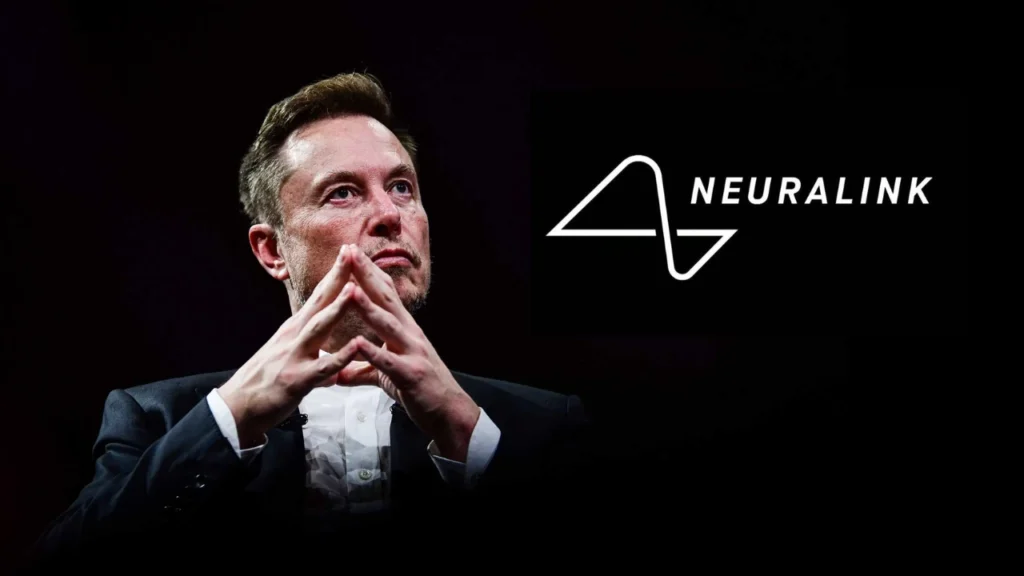
After the implantation, Musk wants to share details about how the procedure went. He shared that the second trial involved a patient, which had a similar spinal cord injury. Paralysed in a car accident, Musk stated that 400 of the patient’s implant electrodes are currently working. Further, Neuralink, on its website stated the implant utilised 1024 electrodes.
He stated,
“I don’t want to jinx it but it seems to have gone extremely well with the second implant. There’s a lot of signal, a lot of electrodes. It’s working very well.”
Further, Musk shared that Neuralink plans to provide implants to eight more patients on the pretext of clinical trials.
Updates On Neuralink’s First Human Trial
In January 2023, Noland Arbaugh, the first patient, received his implant. He shared that after the implant, he can control several smart devices, eventually reducing his reliance on the caretakers. Although initially, Arbaugh faced issues following his surgery when his implants retracted, resulting in the reduction of electrodes that could measure brain signals.
He said that it restored the brain’s ability to monitor brain signals by making changes including the modification of the algorithm. Musk stated that Arbaugh has brought improvement to the record speed where Arbuaugh can control the cursor through his mind “with only roughly 10, 15% of the electrodes working.”
— Neuralink (@neuralink) March 20, 2024
Earlier, this year, a video of Arbaugh thrilled the internet, wherein he was seen playing chess on the computer and moving the pieces through Neuralink.


